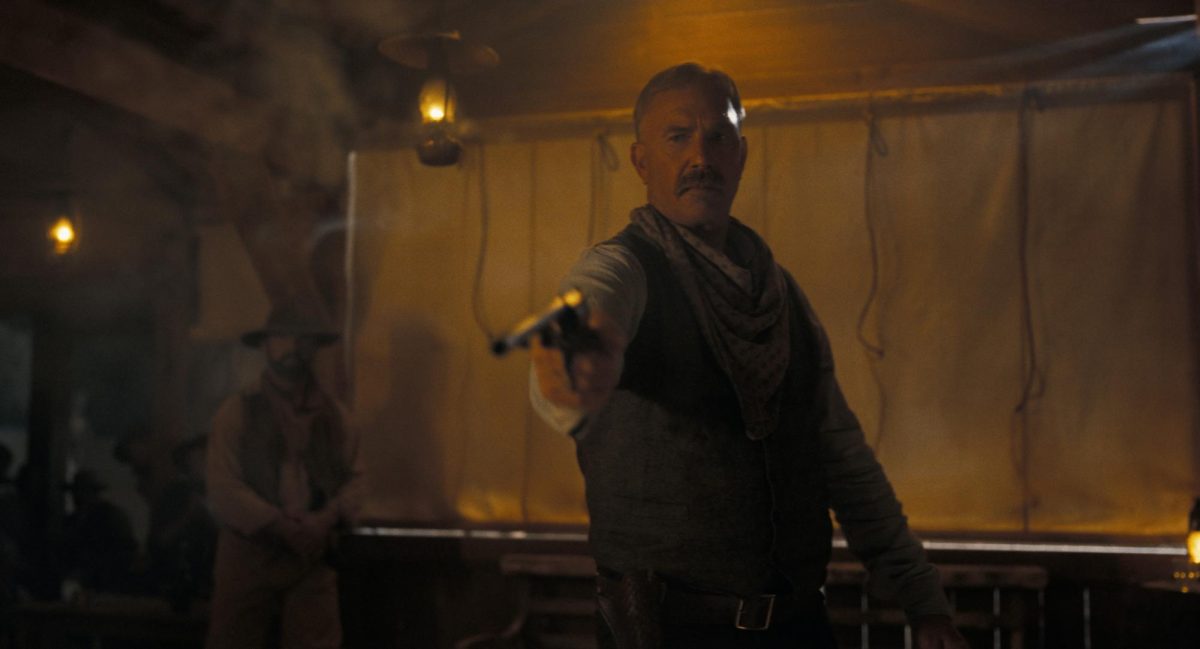Ever since the Utah Museum of Fine Arts acquired its long sought-after sarcophagus, it’s been trying to figure out a way to dust off its Egyptian collection and bring it back into the galleries after a three-year hiatus. Largely taken from the Natacha Rambova Collection, the rest of the Egyptian collection was last seen in a hallway, a place where the museum doesn’t generally display art. Rambova was a Utah-born ballerina and noted costume designer, married for a time to the silent film star Rudolph Valentino, who studied Egyptology. She gave the museum her collection with the understanding that she would take it back if she ever had the funds to start her own museum. Luckily for the UMFA, that never happened. Still, without a sarcophagus, the UMFA’s Egyptian collection always seemed to be missing something, said museum directors. That’s all changed now with the introduction of the late XXVI Dynasty sarcophagus that arrived at the museum last September.
At first it wasn’t clear who the sarcophagus was made for, because no one at the UMFA can read hieroglyphics. To discover who the sarcophagus formerly housed, the museum consulted John Taylor at the British Museum. Taylor informed the U that the sarcophagus formerly held Paduisir, or “He whom Osiris has given,” and translated the other hieroglyphics on the front of the sarcophagus. He revealed for instance, that one hieroglyphic was Imsety, protector of the liver, and another Qebehsenuef, protector of the intestines. The exhibition, “Africa: Arts of a Continent,” also features three other sections of early to mid-20th century African art.
“The Many Faces of Masks” displays a wide variety of African masks, from a small mask depicting a buffalo to an enormous one depicting a butterfly.
“Beauty All Around, Objects of Daily Life” features slingshots, stools, and other utilitarian items of remarkable craftsmanship.
A third part, “Mystery and Powers: The Gods and the Ancestors,” features religious talismans, statues and other similar items. In February, the African Film Festival Traveling Series will visit the museum to highlight Black History Month with free screenings of contemporary short films. The exhibition will run for two years.









